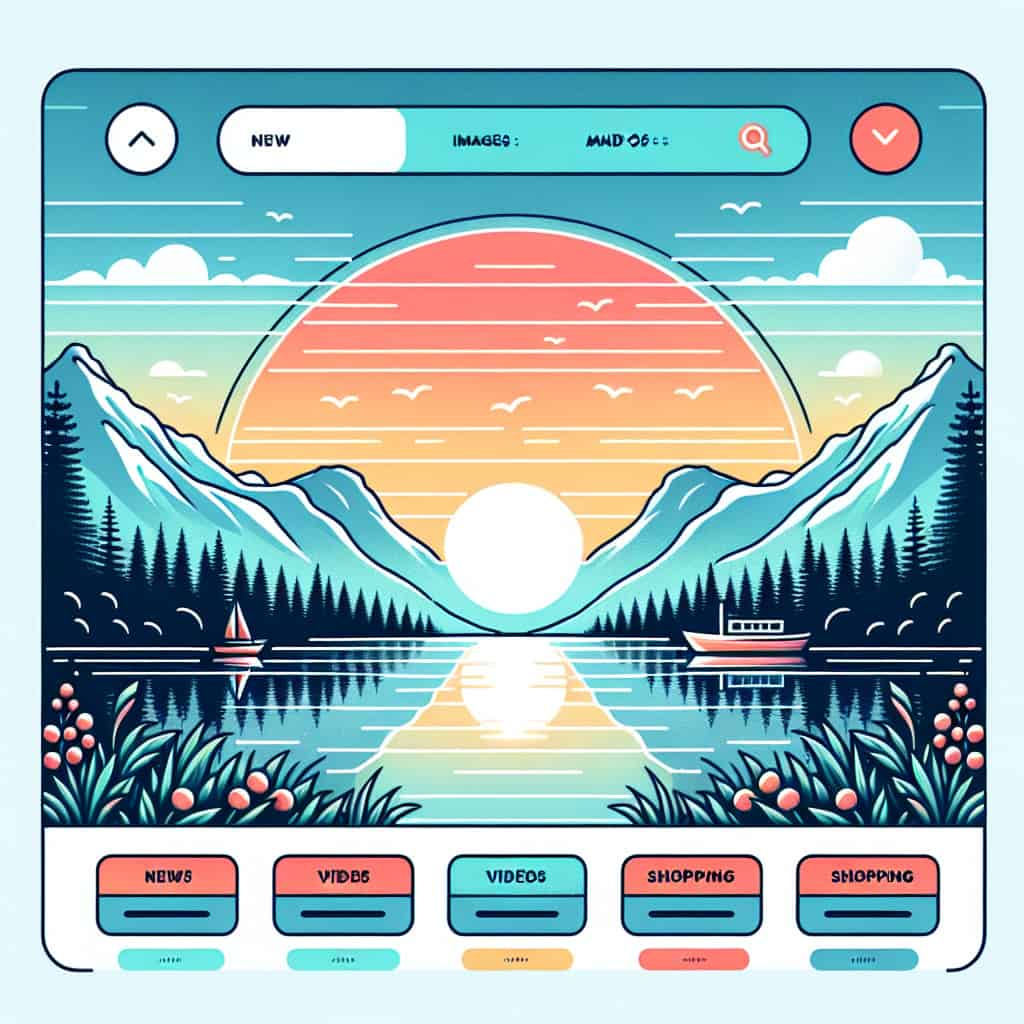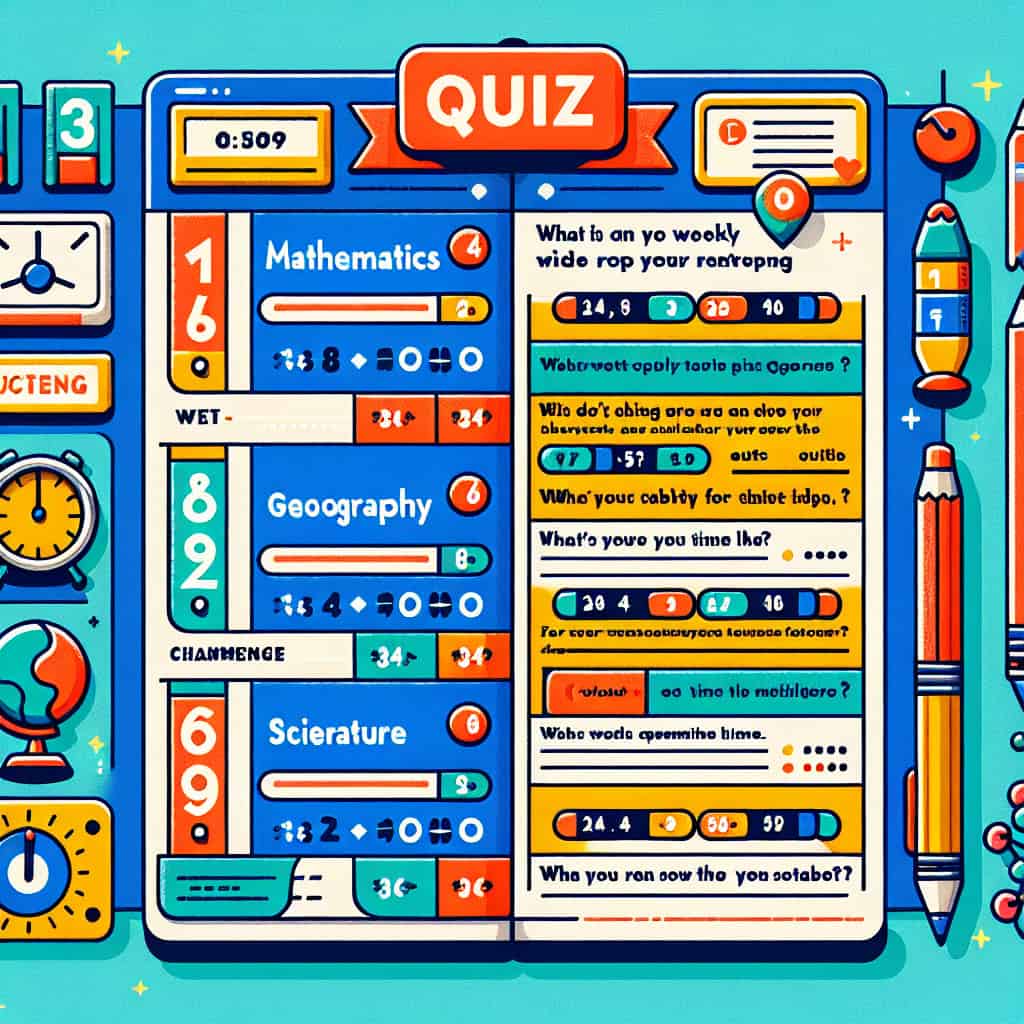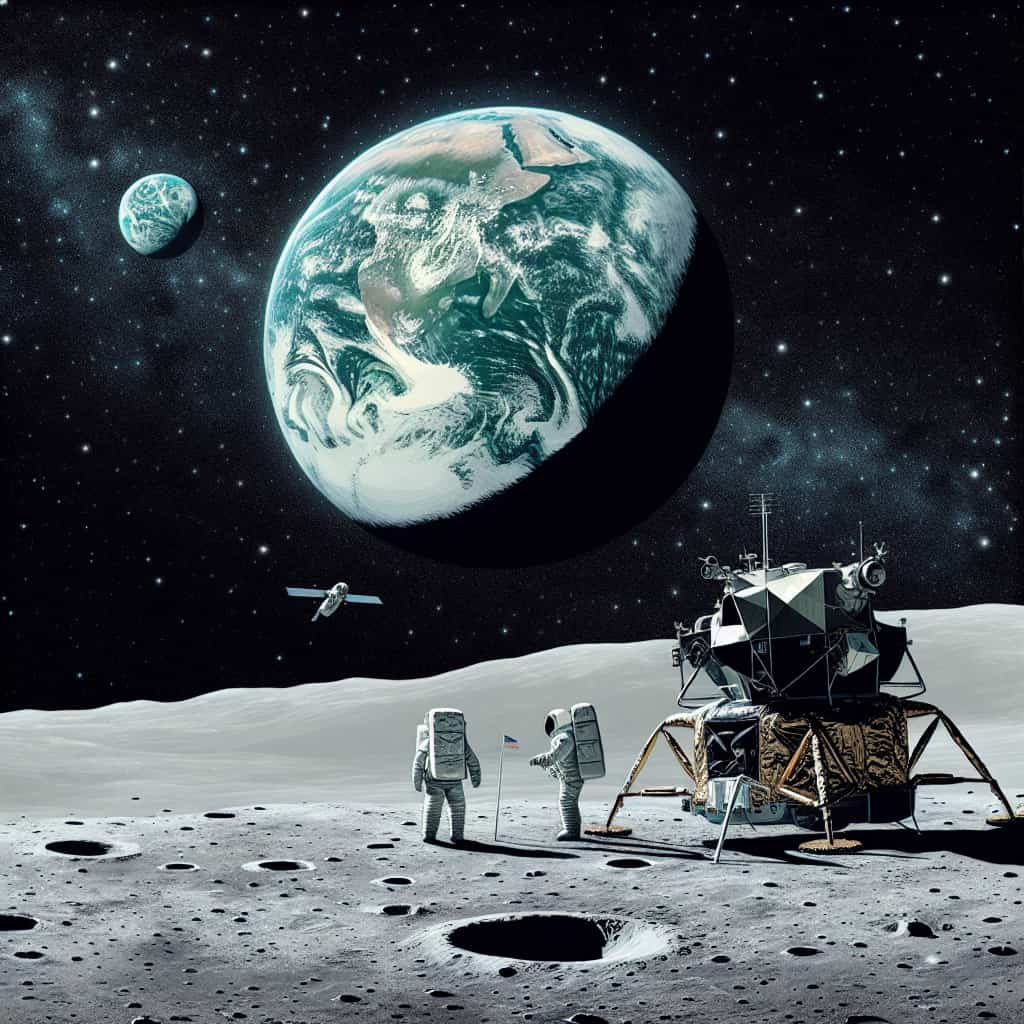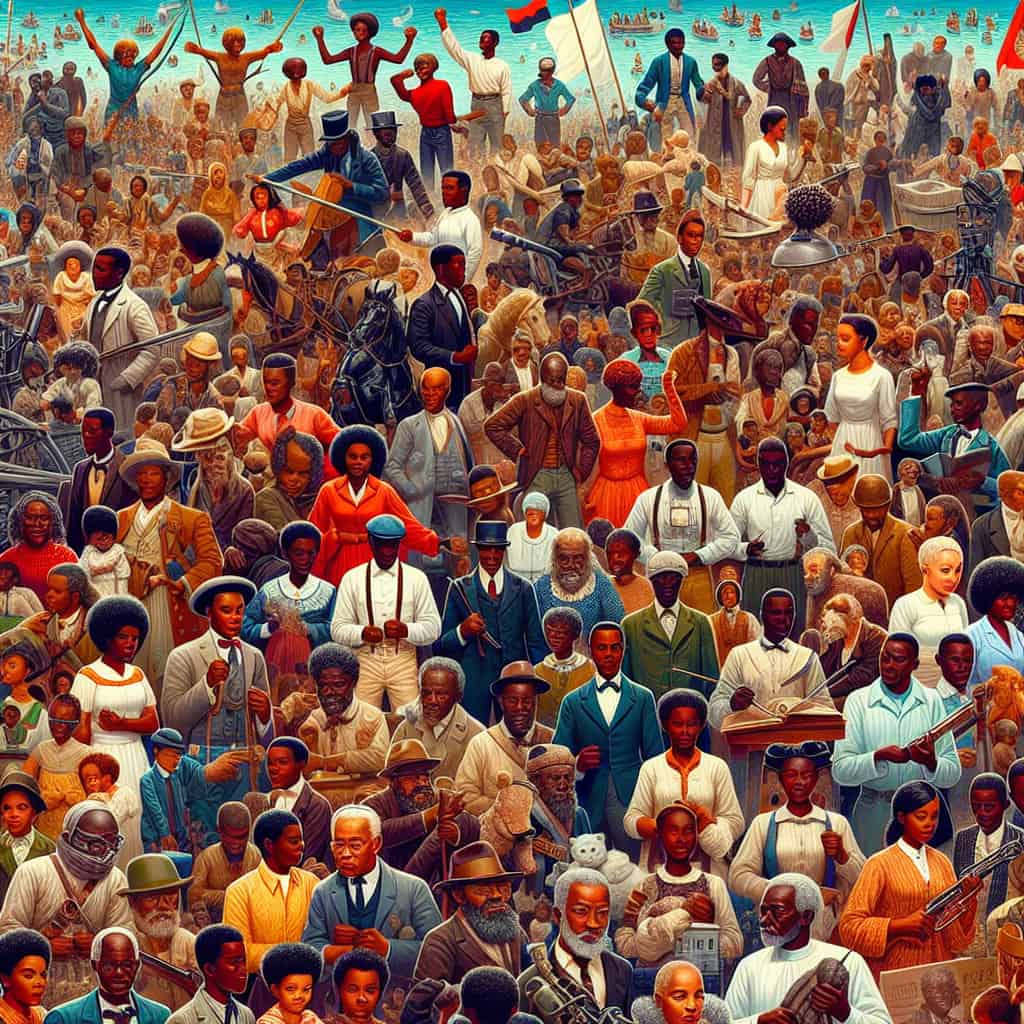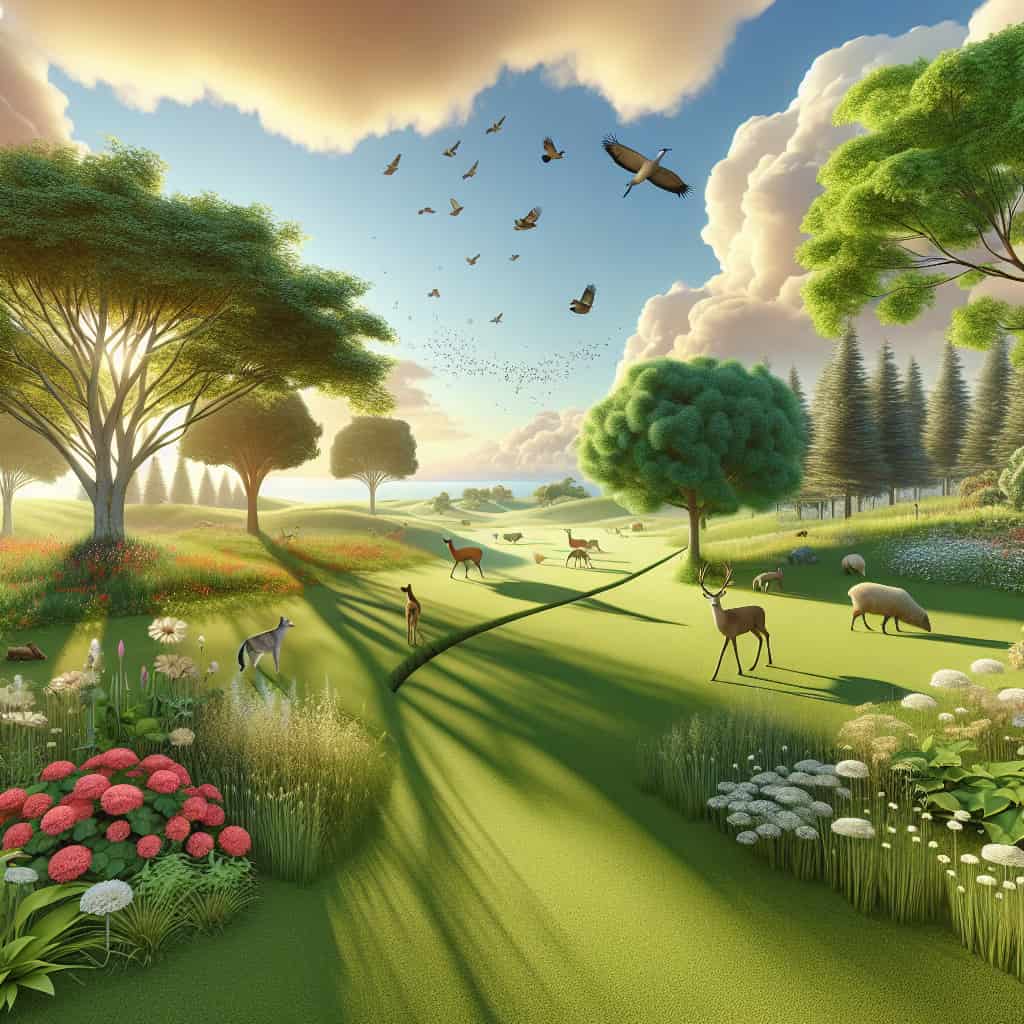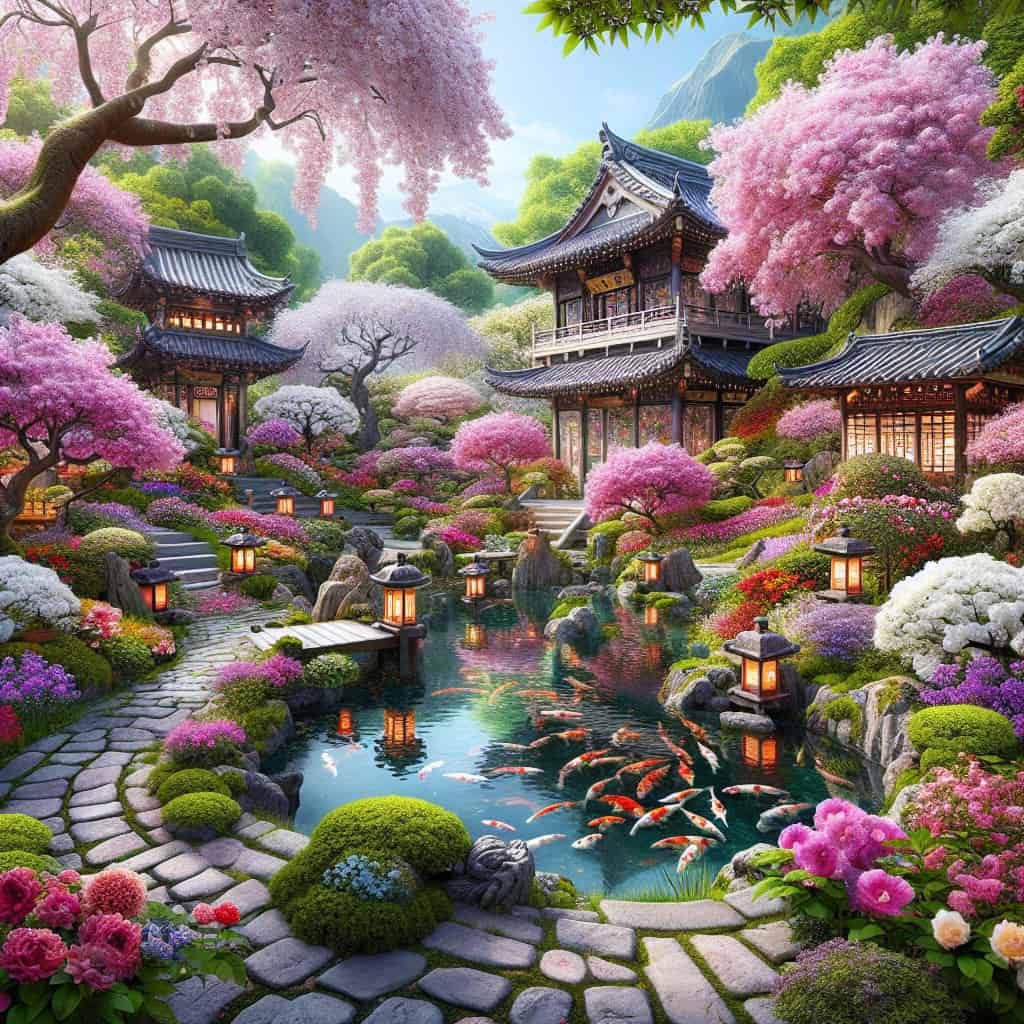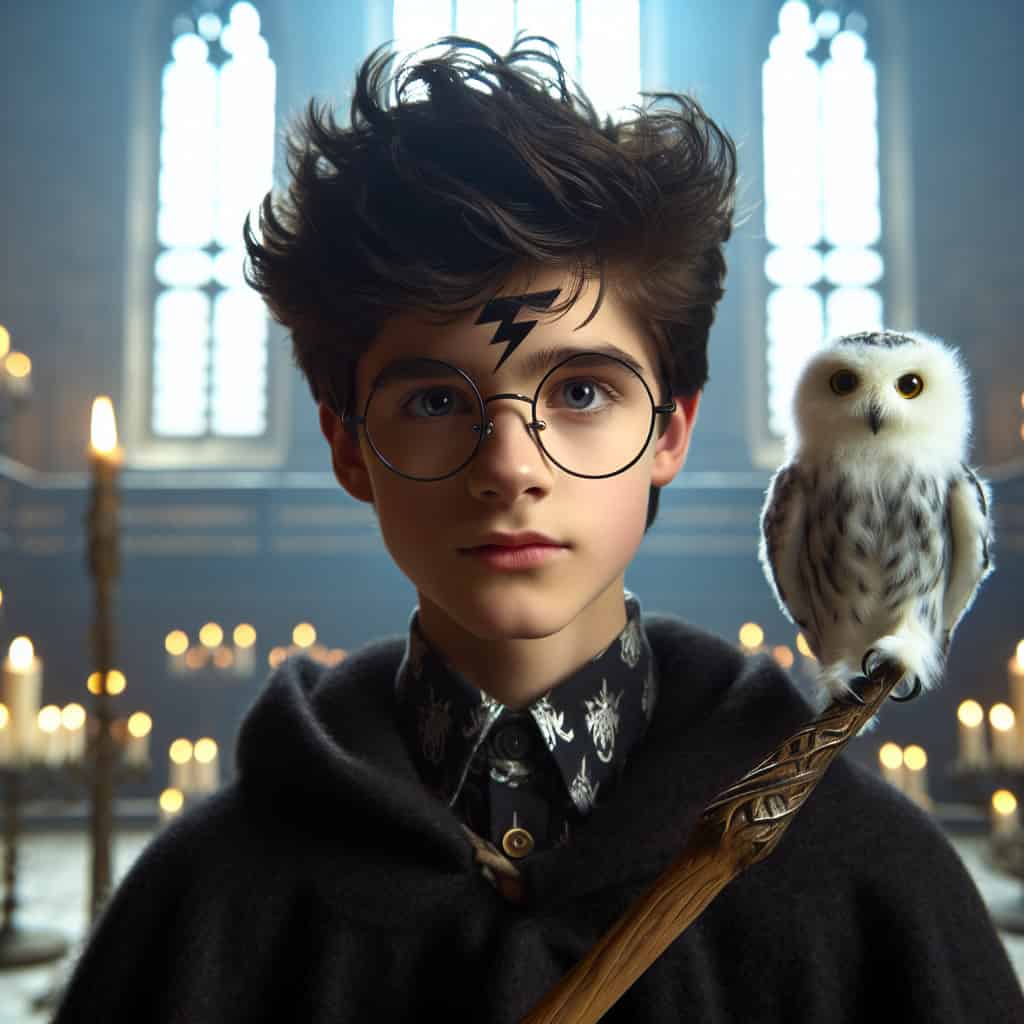Title: Bing Quiz Aurora Borealis: Unravel the Mysteries of the Northern Lights
**Introduction: A Journey to the Enigmatic North**
Imagine sailing through an ocean of darkness, lost amidst the vast expanse of the night sky. Suddenly, the heavens open up and a shimmering cascade of colors paint the horizon. This breathtaking spectacle is none other than the elusive phenomenon known as the *Aurora Borealis*. If you’re ready to embark on a thrilling quest to unravel the mysteries behind this magnificent wonder, then you’ve arrived at the right destination! Today, we’ll be exploring the captivating world of the Bing Quiz Aurora Borealis.
**Bing Quiz Aurora Borealis: The Ultimate Sky Showdown**
Bing has successfully created a sensational quiz that delves into the majestic beauty and science behind one of nature’s most awe-inspiring displays – the *Aurora Borealis*. This fun and informative quiz doesn’t only focus on the must-know facts surrounding the aurora but also encourages participants to challenge their knowledge about related terms, conditions, and events. So, before we dive into the details, let’s first understand what exactly the Aurora Borealis is.
**The Science Behind the Magic: How the Aurora Borealis Works**
The *Aurora Borealis*, or Northern Lights, is a natural light display that is predominantly seen in the polar regions. Although it looks magical, it is actually a result of complex scientific processes occurring within Earth’s atmosphere. When the sun emits electrically-charged particles called solar winds, these particles travel through space and collide with Earth’s magnetic field, creating a breathtaking dance of colors which we know as the aurora.
These solar winds consist mainly of electrons and protons, and when they interact with Earth’s magnetosphere, they become trapped. The charged particles follow the magnetic field lines towards the poles, where they collide with atoms and molecules in Earth’s upper atmosphere, causing them to emit light. The vibrant colors of the aurora are determined by the type of gas these particles collide with and the altitude at which the collisions occur.
**Navigating the Bing Quiz Aurora Borealis: Test Your Knowledge**
Now that we have a basic understanding of the science behind the *Aurora Borealis*, let’s explore the Bing Quiz about this natural wonder. The quiz is designed to engage users with an assortment of questions related to the aurora and its associated phenomena. Topics covered include:
1. The origin of the term “Aurora Borealis”
2. The different colors of the aurora and their causes
3. The best locations and times to witness the Northern Lights
4. The relationship between solar activity and the intensity of the aurora
5. The cultural significance of the Northern Lights in various societies
With each question offering multiple-choice answers, the Bing Quiz Aurora Borealis provides participants with a fun yet challenging platform to test their knowledge on this fascinating topic while learning new and interesting facts.
**Lesser-Known Wonders: The Aurora Australis and Other Phenomena**
While the *Aurora Borealis* predominantly takes center stage when it comes to polar light displays, the skies have more to offer than just the Northern Lights. The Southern Hemisphere also hosts its own stunning light show, known as the *Aurora Australis* or the Southern Lights. Similar to its northern counterpart, the Aurora Australis is caused by solar winds colliding with Earth’s magnetic field, resulting in a breathtaking display of colors.
Apart from the Northern and Southern Lights, there are other awe-inspiring sky events worth getting acquainted with. These include:
1. Noctilucent Clouds: Appearing as electric-blue clouds near the horizon, these intriguing formations are composed of tiny ice crystals and can only be seen during twilight hours.
2. Airglow: A faint, colorful glow often observed around the horizon, caused by the interaction between solar radiation and particles in Earth’s upper atmosphere.
3. Light Pillars: Vertical beams of light that appear to shoot up from the ground, created by the reflection of light off tiny ice crystals suspended in the atmosphere.
**Exploring the Aurora Beyond the Quiz: Where to Go and What to Do**
The Bing Quiz Aurora Borealis is a fantastic way to learn about the stunning phenomenon of the Northern Lights. However, witnessing the actual event is an unparalleled experience that should be on everyone’s bucket list. To maximize your chances of enjoying this mind-blowing spectacle, consider traveling to the polar regions during peak aurora season (typically between September and March).
Both Alaska and Scandinavia are famous for their incredible Northern Lights displays, providing ample opportunity for travelers to embark on a once-in-a-lifetime adventure to witness this magical light show.
**Conclusion: The Unforgettable Experience Awaits**
In conclusion, the Bing Quiz Aurora Borealis offers an engaging and educational journey into the world of the Northern Lights. For those who have a thirst for knowledge and an appreciation for nature’s extraordinary beauty, the quiz serves as the perfect introduction to one of Earth’s most captivating spectacles. Moreover, it encourages users to explore the skies beyond the aurora and discover other incredible phenomena waiting to be unveiled. So go ahead, take the challenge, and allow yourself to be swept away by the wonders of the *Aurora Borealis*.
PLANETS PATTERN QUIZ 2/2 @CoucouTroyTV
Boy & Girl SWAP LIVES for 24 HOURS ft/ Royalty Family
What time is best to see the northern lights tonight?
Question: What time is best to see the northern lights tonight?
Answer: The optimal time to see the northern lights typically falls between 9pm and 2am. However, it is important to consider factors such as location, weather conditions, and solar activity when planning to view this incredible phenomenon.
What do you call a person who loves the aurora borealis?
In a quiz context: What do you call a person who loves the aurora borealis?
Is 2023 a good year to see northern lights?
In the context of a quiz:
Is 2023 a good year to see northern lights? While it’s impossible to precisely predict the best year for viewing the northern lights, 2023 could be a promising option. The solar activity, which impacts the auroras, operates on an 11-year cycle and is expected to reach a peak around 2024-2025. Therefore, in 2023, the chances of catching a glimpse of the mesmerizing phenomenon might be higher than usual.
How long will the aurora borealis last?
In a quiz context:
How long will the aurora borealis last?
A) Less than an hour
B) 1-2 hours
C) 2-4 hours
D) Over 5 hours
What natural phenomenon causes the Aurora Borealis, also known as the Northern Lights?
Aurora Borealis, also known as the Northern Lights, is caused by the interaction between the solar wind and Earth’s magnetic field.
In which countries or regions are you most likely to witness the spectacular display of the Aurora Borealis?
In which countries or regions are you most likely to witness the spectacular display of the Aurora Borealis?
1. Norway
2. Sweden
3. Finland
4. Iceland
5. Greenland
6. Canada
7. Alaska, USA
8. Russian Arctic
What are the colors most commonly associated with the Aurora Borealis and how are they formed?
Question: What are the colors most commonly associated with the Aurora Borealis and how are they formed?
Answer: The most common colors of the Aurora Borealis are green and pink, with shades of red, yellow, blue, and violet also possible. These colors are formed by the interaction between the Earth’s magnetic field and charged particles from the Sun, resulting in the ionization and excitation of atmospheric gas molecules, such as oxygen and nitrogen, which emit light as they return to their original state.

